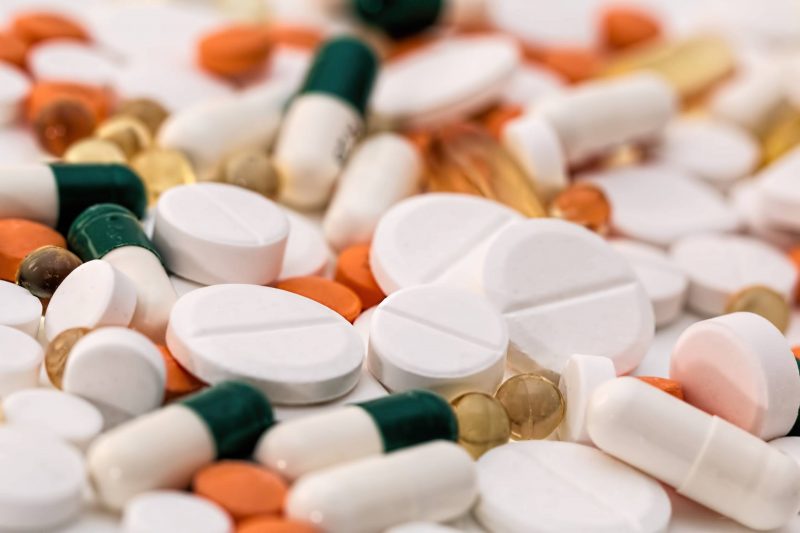What’s the best way to understand Addiction?
Although virtually everyone either has struggled or knows someone who has struggled with addiction, actually defining what addiction is can be tricky. To hopefully clear some things up, I will briefly contrast two competing definitions of addition: the dominant disease model and an alternative developmental cascade model. I argue that the developmental cascade model is a more compelling model because it more closely aligns with contemporary neuroscience (re: neuroplasticity) and offers less stigma/more agency for those struggling with addiction.
What is the disease model of addiction?

The National Institute on Drug Abuse defines addiction as a “chronic, relapsing brain disorder characterized by compulsive drug seeking and use despite adverse consequences”. The following sentence talks about how similar addiction is to other diseases, like heart disease…but does the brain science support this view?
Most researchers and medical professionals take the disease definition at face value, arguing that it is more accurate and helpful than unscientific views of addiction which portrayed addicts as “weak-willed” or “immoral”. The disease model of addiction also focuses on pharmaceutical treatments to solve addiction, much like cancer or heart disease. However, not everyone agrees with this view on addiction.
A close look at the disease model of addiction shows that it largely rests on two pillars, 1) There are distinct, significant changes in the brain associated with addiction, and 2) these changes are pathological because they can be extremely harmful to the drug-addicted individual.
What happens in the brain (The disease model interpretation)?

All drugs of abuse ultimately produce the same effect: they increase the amount of dopamine that flows from the VTA to the nucleus accumbuns (the reward circuit). Repeated use of these drugs can lead to changes in which the size and strength of synapses, how genes are regulated, and reduced connections between the reward circuit and other parts of the brain, like the pre-frontal cortex. Over time these neurological changes become stable, the act of drug-seeking changes from impulsive to compulsive, and harmful consequences occur more frequently and more severely.
Clearly, there are long-lasting changes in the brain involved with addiction, and these changes can be extremely harmful/deadly to those suffering from addiction, but does that make it a disease?
Why is the disease model wrong?
First, to the claim that addiction changes the brain. Yes, addiction absolutely changes the brain, but here’s the thing—so does literally everything we do! Change is the constant of the brain. Neuroplasticity, neural change through experience, is foundational for learning, without a changeable brain you couldn’t read this post!
How the brain changes in substance use disorders (alcohol, heroin, other typical “drugs”) are very similar to brain changes in behavioral addictions (gambling, internet, sex, binge-eating, etc) where there is no molecular drug that crosses the blood-brain-barrier to “hijack” our reward system.
Even more shocking is how human behaviors most people think are “healthy”, like falling in love, also produce significant changes in the reward system! At the molecular level, the types of cellular/molecular changes (cellular memory) at play in addiction are also seen in non-problematic behaviors/habits. In other words, when someone says addiction changes the brain, they’re not necessarily saying a whole lot because everything changes the brain.
Secondly, just because the consequences of addiction can be incredibly harmful, both to the individual and to those around them, does not make addiction a disease. Bullying, domestic violence, and racism are all deeply harmful and destructive human traits, but they’re learned behaviors, not diseases.
What all these examples hopefully show is that a different mechanism might be at play in addiction. Just because something changes the brain in no way necessarily means that change is caused by a disease.
What could be a more accurate picture of addiction?

In contrast, the learned behavior/developmental cascade model of addiction defines addiction as “motivated repetition that leads to deep learning”. The concept of “desire” comes in handy here. Desire, the longing feeling(s) of wanting something, is how the brain motivates us to repeatedly pursue goals. Dopamine is a key neurotransmitter involved in focusing attention on what to desire, regardless of the type of reward (food, euphoria, comfort, etc). As desirability increases so does the amount of VTA-nucleus accumbuns dopamine signaling. Therefore, addiction can be seen as a difference in degree, not kind, compared to gambling, falling in love, or cheering on a favorite sports team.
To be clear, rejecting the disease model does not mean reverting back to the moral failing model. Instead, by focusing on neuroplasticity the habit model provides agency for those afflicted by addiction and avoids stigmatizing them with either helplessness or shame. Most people recover from addiction, and surprisingly most recovered addicts do so without traditional treatment. Another blow to the disease model (I don’t think most cancer patients spontaneously recover), this fact shows that providing resources and support for addicts to change in their own time might be a more effective way to help.
Redefining addiction as a deeply learned behavior does not mean the addict is at fault, or that they just need to “get over it”. Addiction changes the brain. What we do have is the power to influence how our own brains change, given the right tools and a supportive environment. Since addiction is learned via neuroplasticity, the same way brains learn everything, and since addiction is maintained by reduced neuroplasticity, recovery can focus on returning that neuroplasticity the toolbox is the same! Helping people (re)discover interests beyond their specific addiction and educating them on neuroplasticity might be fruitful ways to help addicts who are ready to grow out of addiction. What is needed is empathy and support, not shame or stigma.

